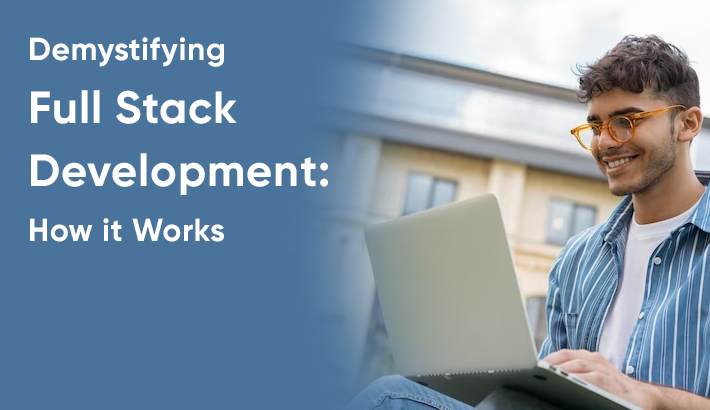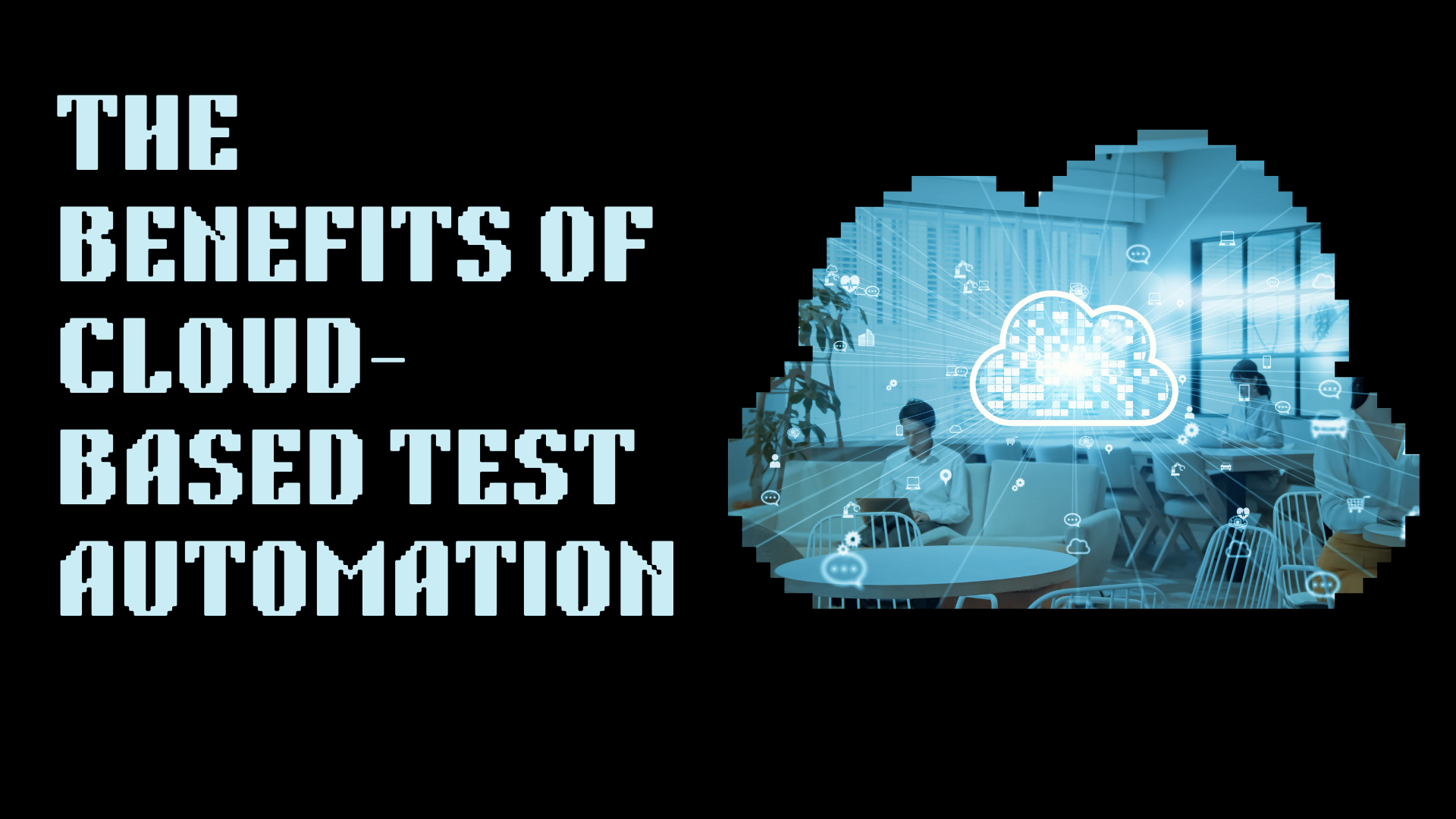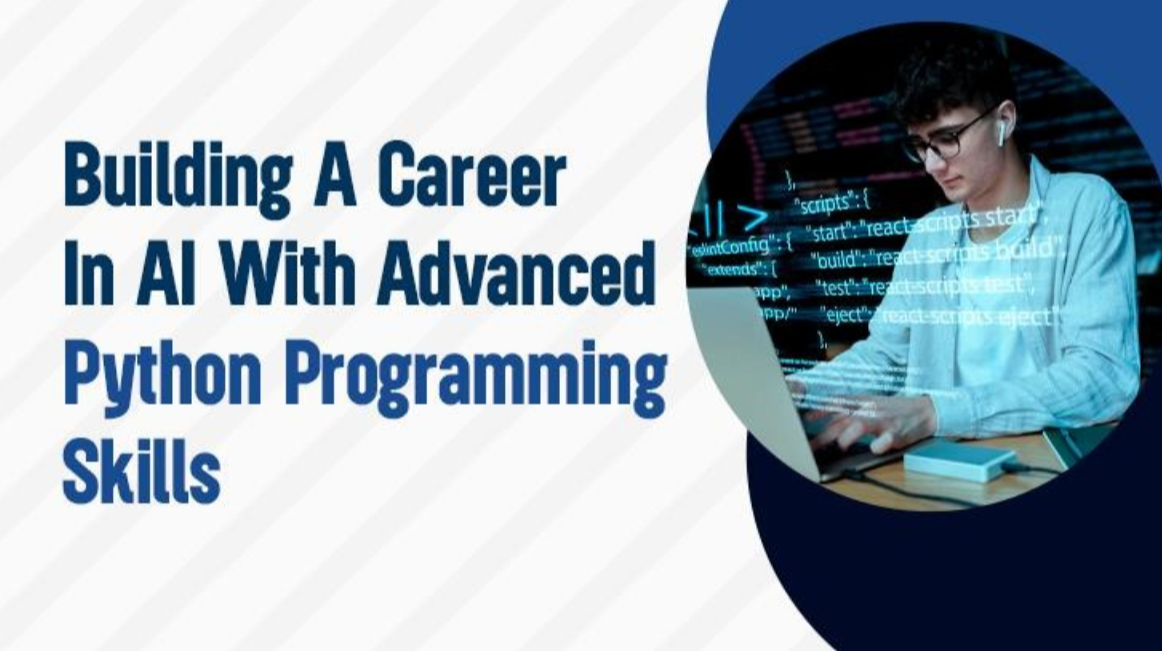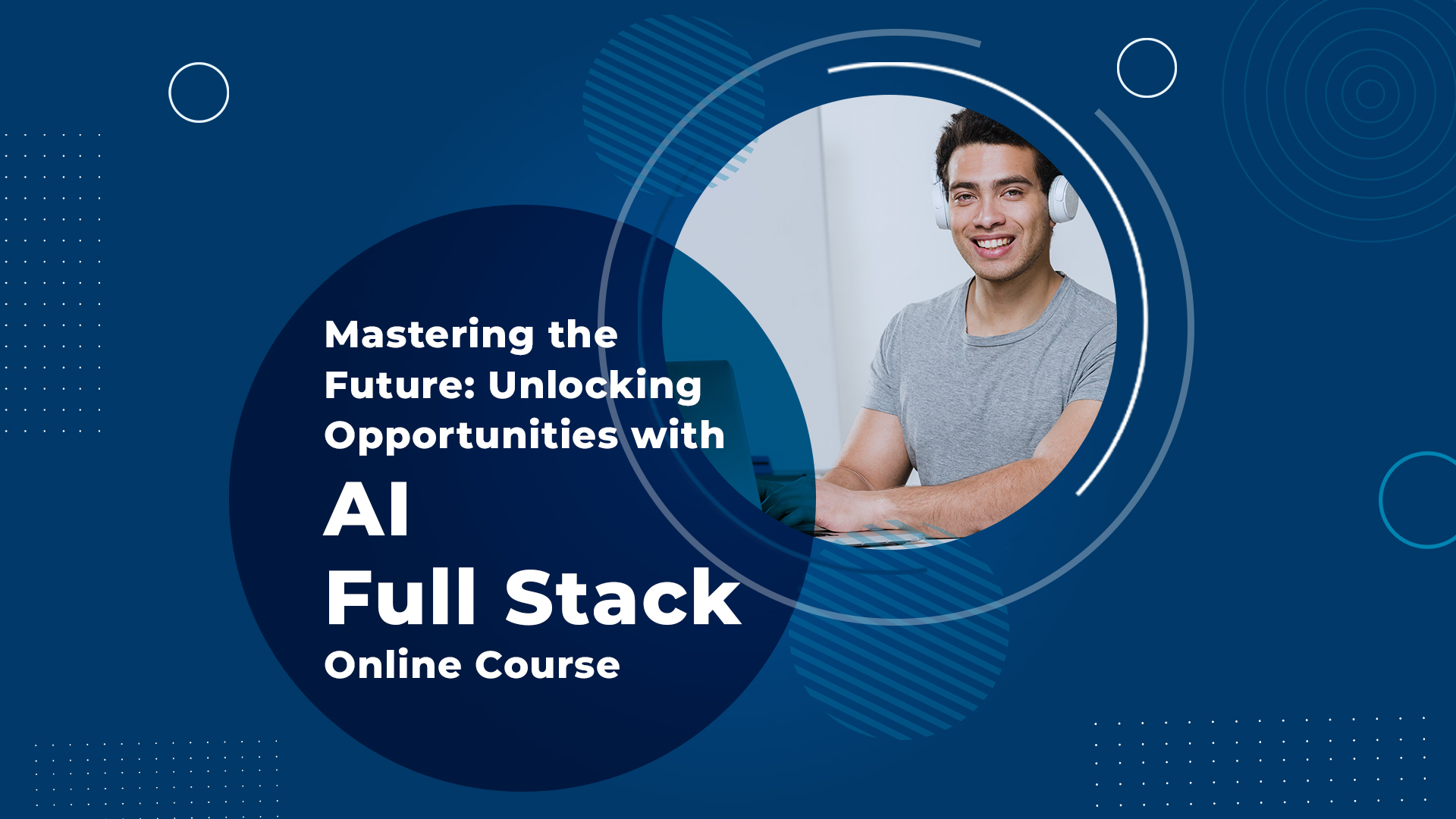In the ever-evolving landscape of technology, Full Stack Development has emerged as a crucial skill set, bridging the gap between front-end and back-end development.
This holistic approach allows developers to work on both the client and server sides of an application, ensuring a seamless and efficient user experience. In this blog, we will explore how full stack development works and address some frequently asked questions (FAQ) to provide a comprehensive understanding of this dynamic field.
Understanding Full Stack Development
Full Stack Development involves mastery of both front-end and back-end technologies, enabling developers to handle every aspect of web application development. The term "full stack" refers to the entire technology stack used in a project, encompassing both the user interface (UI) and server-side logic. A Full Stack Developer possesses expertise in languages, frameworks, and databases used on both ends, facilitating the development of end-to-end solutions.
Key Components of Full Stack Development:
Front-End Development:
HTML, CSS, JavaScript
Front-end frameworks like React, Angular, or Vue.js
Responsive design for optimal user experience
Back-End Development:
Server-side languages such as Node.js, Python, Ruby, or Java
Database management using SQL or NoSQL databases like MySQL, MongoDB, or PostgreSQL
Server management and deployment with technologies like Docker or Kubernetes
Database Management:
Structuring and managing databases to store and retrieve data efficiently
Ensuring data integrity and security
APIs (Application Programming Interfaces):
Developing RESTful APIs to facilitate communication between the front end and back end
Integration with third-party services
Frequently Asked Questions (FAQ) about Full Stack Development:
Q1: What skills are essential for a Full Stack Developer?
A1: Full Stack Developers need proficiency in front-end and back-end technologies, understanding databases, and the ability to work with APIs. Strong problem-solving skills, version control, and knowledge of web security are also crucial.
Q2: Can I specialize in either front-end or back-end development within Full Stack?
A2: While Full Stack Developers are expected to have a broad skill set, specialization is possible. Some developers may choose to focus more on either front-end or back-end technologies based on personal preferences or project requirements.
Q3: Is Full Stack Development suitable for beginners?
A3: Yes, Full Stack Development is suitable for beginners, but it's essential to start with a solid foundation in HTML, CSS, and JavaScript. Learning one technology stack at a time before venturing into Full Stack can be a structured approach.
Q4: How does Full Stack Development contribute to project efficiency?
A4: Full Stack Developers can work on the entire development process, reducing communication gaps and streamlining the workflow. This leads to quicker problem resolution, efficient collaboration, and faster project delivery.
Q5: Are there any disadvantages to Full Stack Development?
A5: One challenge is the constant need to stay updated with a wide range of technologies. Additionally, specializing in a single area may result in deeper expertise, but Full Stack Developers offer versatility and a broader perspective.
How full stack development works is a versatile and essential skill set in the realm of web development. Understanding both front-end and back-end technologies empowers developers to create robust and efficient applications, making them valuable assets in the tech industry. Aspiring developers should embrace the challenges and opportunities that Full Stack Development presents, continually expanding their knowledge to stay relevant in this ever-changing field.





Leave a reply